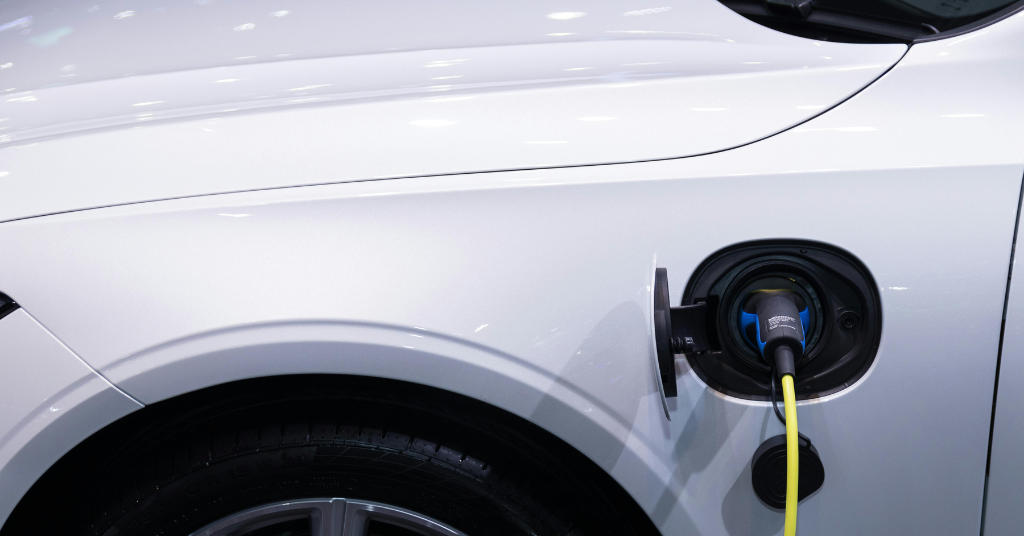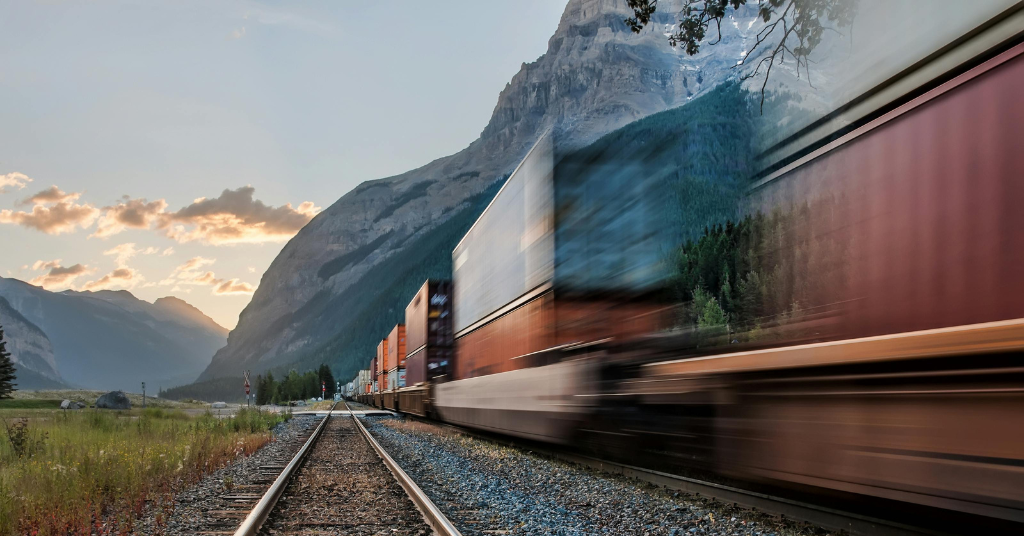Morning coffee—it’s more than just a ritual for millions of people; it’s a daily indulgence that sets the tone for the day. But have you ever considered the environmental impact of that comforting cup of joe? From its origins in tropical rainforests to your home brewing, coffee’s journey involves significant ecological footprints.
1. The journey of coffee
Coffee cultivation- deforestation andbBiodiversity loss: Coffee grows best in the rich soils of tropical rainforests, but the increasing demand for this beloved beverage has led to large-scale deforestation in countries like Brazil, Colombia, and Ethiopia. Forests are cleared to make way for coffee plantations, which not only destroys critical habitats but also contributes to soil erosion and biodiversity loss. Additionally, monoculture farming, where only coffee plants are grown, reduces soil fertility and makes the land more susceptible to pests and diseases.
Water usage and pollution: Coffee cultivation is water-intensive. It takes approximately 2,000 liters of water to produce just one kilogram of coffee beans. In coffee-growing regions, this high water demand can strain local water resources, affecting both people and wildlife. Moreover, pesticides and fertilizers used in conventional coffee farming can contaminate waterways, harming aquatic ecosystems and potentially impacting human health.
2. Sustainable sourcing: A step toward a greener brew
Organic coffee – A less harmful alternative: Organic coffee is grown without synthetic pesticides or fertilizers, which helps to preserve soil health and reduce water pollution. Organic farming methods often include practices like crop rotation and natural pest control, which can be more environmentally friendly and support biodiversity.
Shade-grown coffee- protecting ecosystems: Shade-grown coffee is cultivated under a canopy of trees, which helps to maintain the forest’s ecosystem. This approach not only reduces deforestation but also provides habitat for wildlife, preserves soil quality, and requires less water. Shade-grown coffee can be a more sustainable choice compared to traditional sun-grown varieties.
Fair trade coffee- supporting sustainable practices: Fair trade certification ensures that coffee farmers receive fair wages and work under safe conditions. It also promotes environmentally friendly farming practices. By choosing Fair Trade coffee, you support sustainable agriculture and help small-scale farmers invest in eco-friendly methods.
3. Eco-friendly brewing: reducing your coffee’s footprint
Reusable coffee filters- cutting down on waste: Single-use coffee filters contribute to household waste. Switching to reusable filters, such as those made of metal or cloth, can significantly reduce the amount of waste generated from your coffee routine.
Energy-efficient coffee makers- saving power: The type of coffee maker you use can impact your energy consumption. Opt for energy-efficient models that use less electricity. Additionally, turn off your coffee maker when it’s not in use, and consider using a thermal carafe instead of a hot plate to keep your coffee warm without additional energy consumption.
Composting coffee grounds- reducing waste: Instead of throwing used coffee grounds in the trash, consider composting them. Coffee grounds are rich in nitrogen and can be a valuable addition to compost, helping to create nutrient-rich soil for your garden. Alternatively, used coffee grounds can be repurposed as a natural pest repellent or cleaning abrasive.
4. Making a difference: your role in sustainable coffee consumption
Choose certified sustainable coffee: Look for certifications such as Organic, Fair Trade, Rainforest Alliance, or UTZ when purchasing coffee. These certifications indicate that the coffee was produced with a commitment to environmental and social sustainability.




